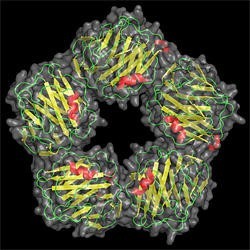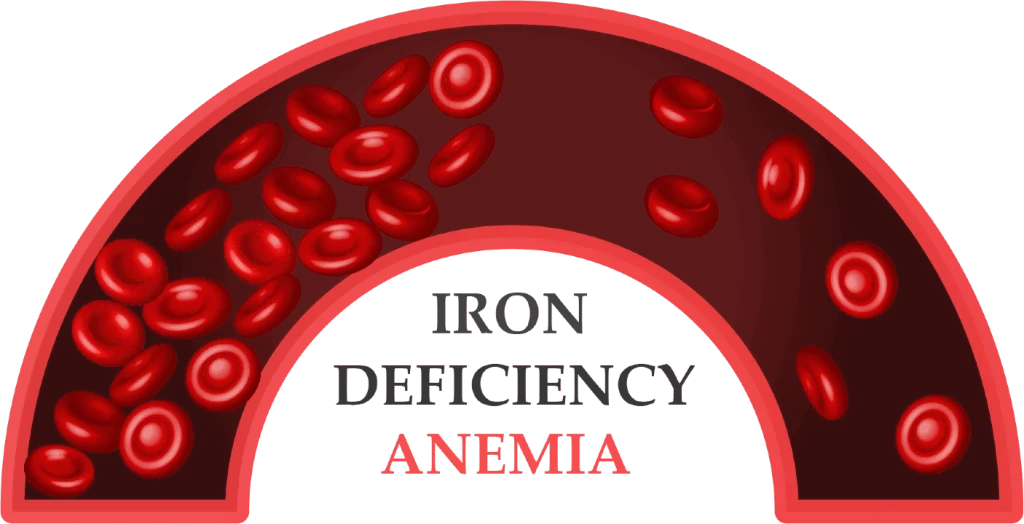
Usual tests done for the diagnosis of iron deficiency anemia are affected by inflammation and do not give an accurate status. Soluble transferrin receptor (sTfR) is a very accurate indicator for iron deficiency and is unaffected by inflammation.
sTfR and ferritin levels can be used to calculate the sTfR/log ferritin index (sTfR Index) , which has more accuracy than sTfR alone .
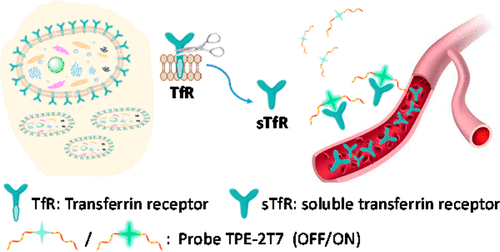
Iron deficiency anemia (IDA) and anemia due to chronic illness (ACD) (also called anemia of inflammation) are the two most common forms of anemia.
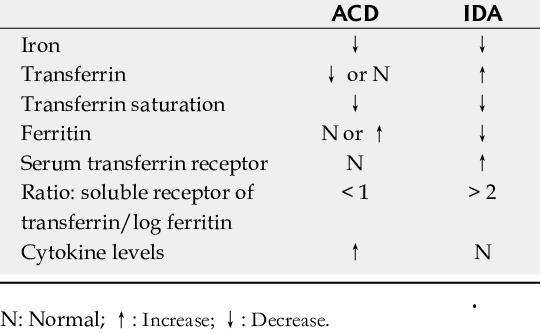
Patients who have Iron deficiency anemia in a setting of chronic disease are difficult to diagnose because traditionally used analytes such as ferritin, serum iron, total iron-binding capacity (TIBC) or transferrin, and transferrin saturation are affected by inflammation.
Ferritin levels indicate iron stores and are reduced if iron deficiency anemia. However when associated with chronic inflammation the levels may actually be increased as ferritin is an acute phase reactant and increases in inflammatory conditions .Similarly the serum iron, TIBC, and transferrin are also altered by the coexistence of iron deficiency and acute and chronic infection or inflammation. These changes make the interpretation difficult in iron-deficient patients who have an accompanying infection or inflammatory disease.
Soluble transferrin receptor (sTfR) to indicates iron deficiency and is not allows by inflammation or presence of chronic disease . The levels are elevated in serum and plasma in cases of iron deficiency.
Calculating the sTfR/log ferritin index (sTfR Index) by estimating ferritin with sTfR provides an estimate of body iron over a wide range of normal and depleted iron.
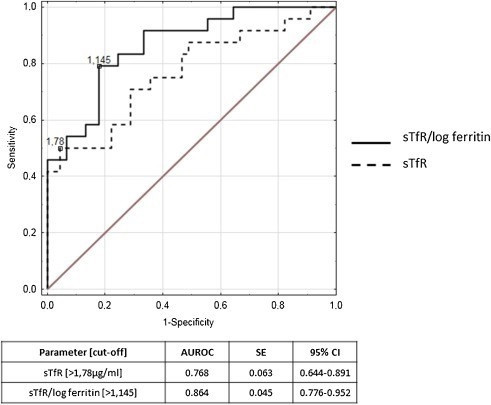
The sTfR Index is more advantageous stage of the reciprocal relationship between two variables influenced by iron deficiency. sTfR Index improves the ability to accurately classify anemia, particularly in anemia accompanying diseases with active inflammation.
sTFR index helps in the differential diagnosis of anemia in patients with chronic disease .
A combination of sTfR and ferritin more than doubled the detection of Iron deficiency Anemia from 41% (ferritin alone) to 92% (ferritin, sTfR, and sTfR Index).

